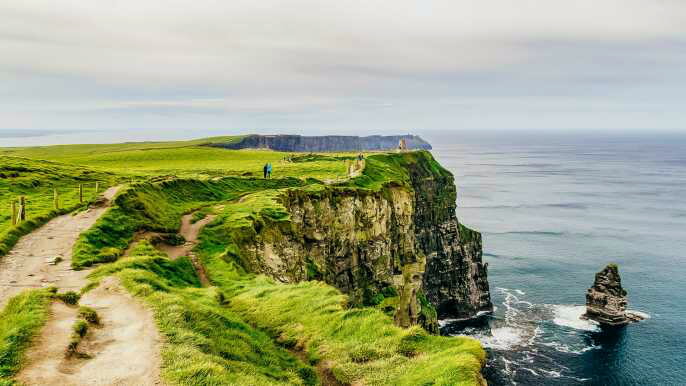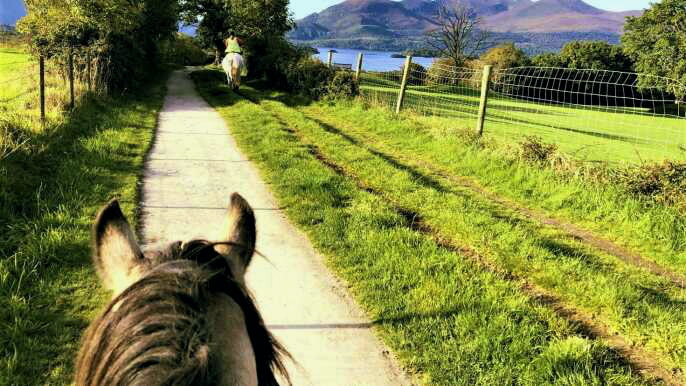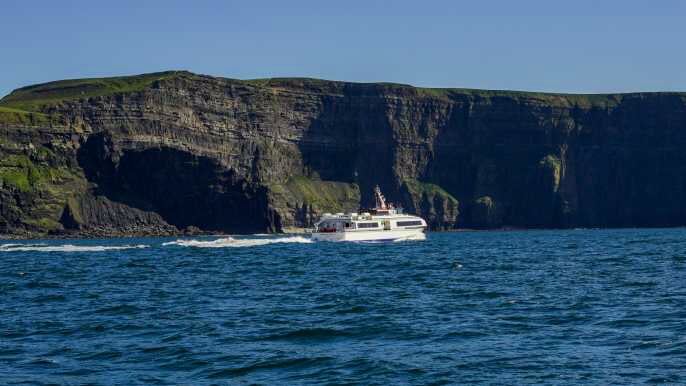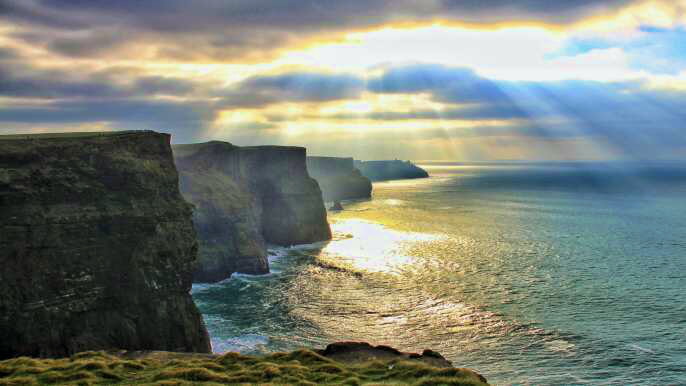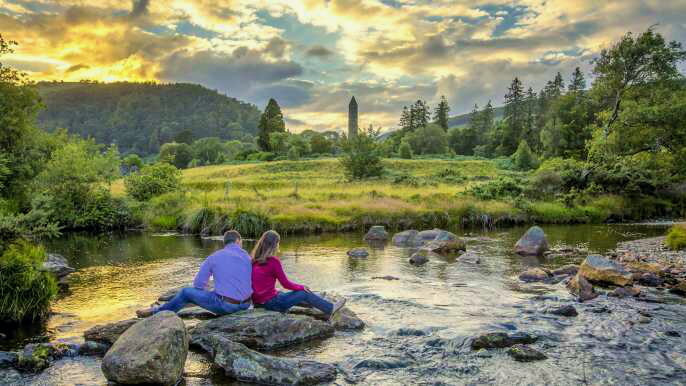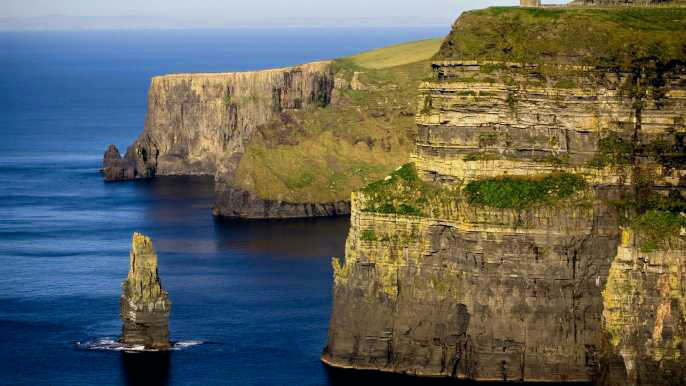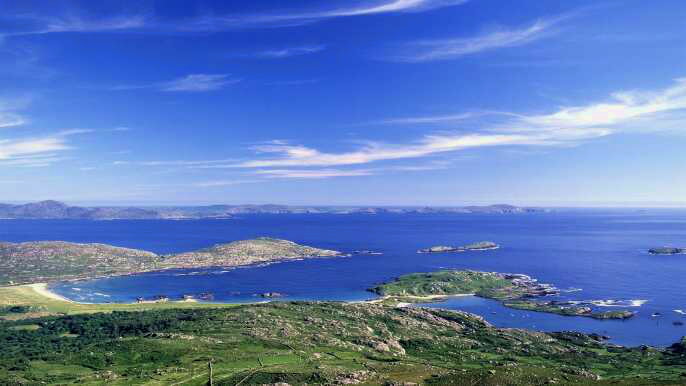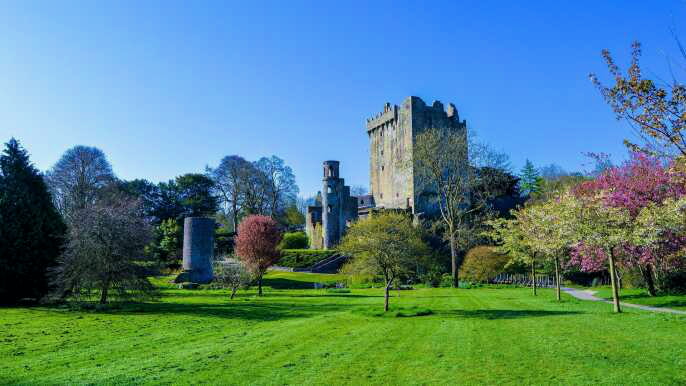Known for its history, delicious food and great location on the River Lee, Cork is an alluring city to visit. Here are our top picks of what to see and to do while you’re there.
St Fin Barre’s Cathedral, which has been a place of Christian worship since the 7th century, is one of the highlights. Inside you’ll find beautiful stained glass and ornate organs.
St. Fin Barre’s Cathedral
The Cathedral of Saint Fin Barre sits on the reputed site where its namesake founded a monastery in the 7th century. The building is topped by a trio of elegant spires and is one of the city’s most iconic buildings.
It was commissioned in the mid-19th century and is the work of London-based architect William Burges. He designed most of the cathedral’s architecture, sculpture and stained glass.
The exterior features figures of over a dozen biblical characters, with a tympanum (a semi-circular or triangular decorative wall surface over an entrance, door or window) showing a Resurrection scene. The climax of the iconography, however, is in the clerestory windows: Christ in Glory, presiding over the four Evangelists, who hold open the Word of God.
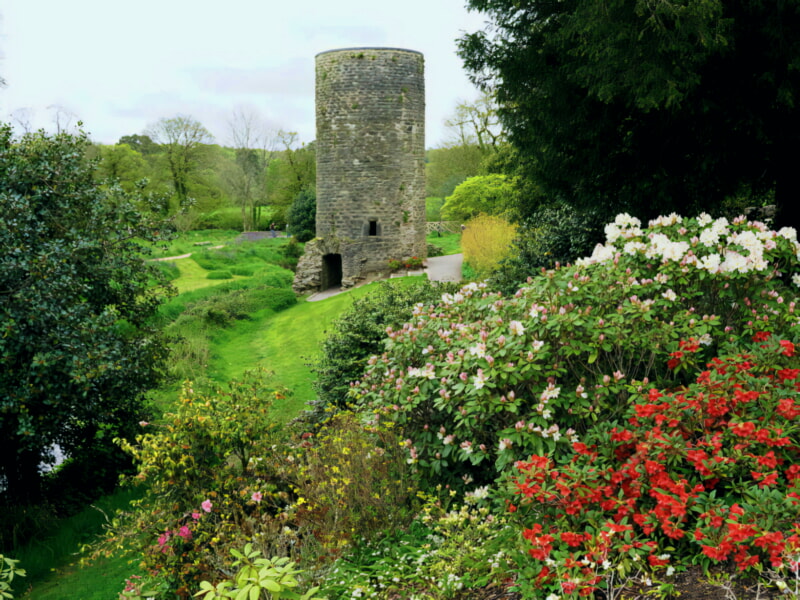
St. Anne’s Church
One of the city’s most iconic landmarks is St. Anne’s Church, also known as Shandon Bells, in the Shandon district of Cork.
It is considered to be one of the most important early 18th century churches in Ireland, with a barrelled vaulted ceiling, colourful stained glass windows and a stone baptismal font from 1629.
The tower is topped with a fish shaped weather vane, which signifies the importance of the salmon fishing industry in Cork during the eighteenth century.
Visitors can climb the tower to ring the bells, which have been recast many times. It is an interesting and fun experience, but can be noisy.
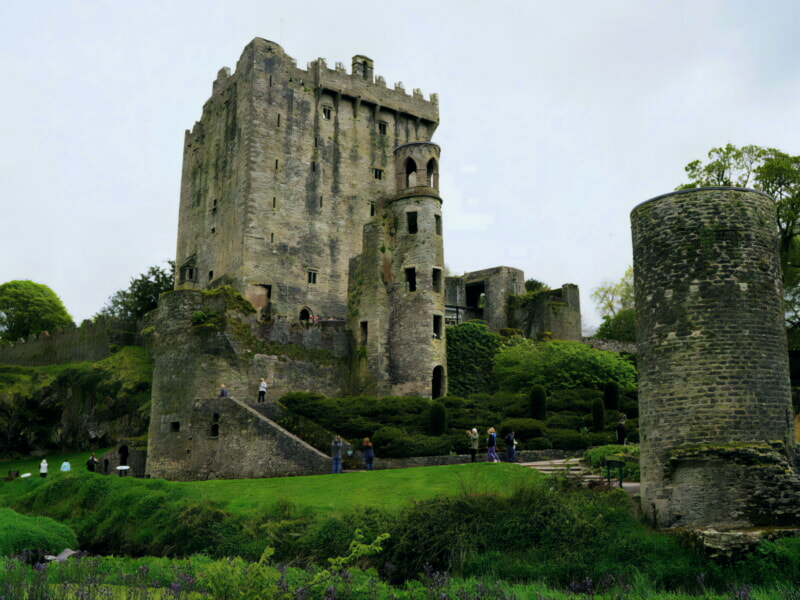
St. Patrick’s Bridge
Cork is a vibrant city of modern attractions, restaurants, museums and shopping. The city is a centre for education and has two universities, University College Cork (UCC) and Munster Technological University.
The University of Cork has been ranked “Irish University of the Year” four times and is an important learning institution. It offers degrees in arts, commerce, law and engineering.
This triple-arch ashlar limestone road bridge over the River Lee was constructed in 1861. It has carved archivolts with carved keystones of St. Patrick, St. Bridget, Neptune and three sea goddesses; engaged pilasters with V-shaped cut-waters to upstream elevations and carved limestone balustrade with plaques to parapet walls. It also has cast-iron lamp standards and paired lanterns.

The Cork Butter Museum
Located in the historic Shandon area of Cork City, this museum shines a light on a corner of Irish history that many will have never been exposed to before. The exposition tells one of Ireland’s greatest success stories; the butter trade.
Founded in 1985, the Butter Museum celebrates dairy culture and its central role to the island’s economy. It tells the story of the international Butter Exchange in nineteenth century Cork, the traditional craft of domestic butter making and today’s modern success of Kerrygold.
Housed in the former market, the Butter Museum is adjacent to the striking circular Firkin Crane Building (a rotunda originally part of the butter exchange), which is now a public performance space. The design re-enacts a distinct historic urban field, eroding existing boundaries and altering spatial limits - encouraging new juxtapositions and readings between objects and viewers.
Cork City Gaol
A visit to the former 19th Century prison in Cork City offers a chance to step back in time and explore one of Ireland’s most interesting visitor attractions. Visitors can wander through the wings, admire furnished cells and read notes scribbled by former inmates.
Designed by Sir Thomas Deane, this impressive building is a fine example of Gothic architecture. Its classical proportions are complemented by Gothic details such as turreted battlements, dripstones etc.
Healy Pass
The Healy Pass is a scenic mountain pass that straddles the Beara Peninsula and the Caha Mountains. It is popular with drivers and walkers who enjoy a challenge.
The road starts at Adrigole Bridge in County Cork and ends at Lauragh Bridge in County Kerry. It is 12 kilometres long with many hairpin turns.
It is a narrow, single-lane road that is incredibly bendy. It also has limited pull-outs for passing vehicles.
